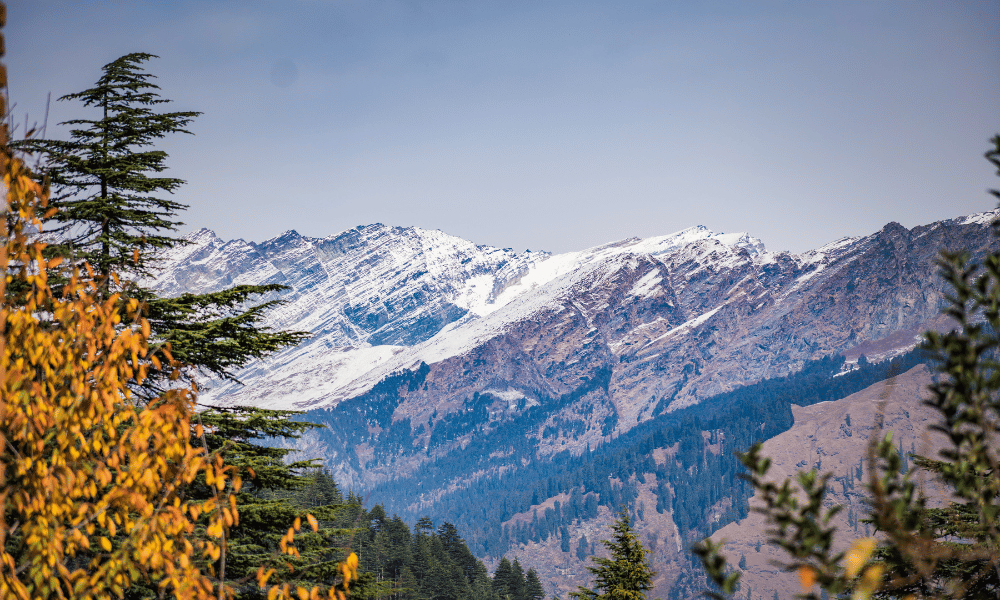The Ultimate Guide to Planning Your Dream Himalayan Trek
 The Himalayas, often referred to as the “abode of snow,” stand tall as a majestic and mystical range that has beckoned adventurers, trekkers, and nature enthusiasts for decades. With its breathtaking landscapes, serene valleys, and awe-inspiring peaks, a Himalayan trek promises an experience like no other. However, embarking on such a journey requires meticulous planning and preparation. In this guide, we’ll walk you through the essential steps to plan your dream Himalayan trek.
The Himalayas, often referred to as the “abode of snow,” stand tall as a majestic and mystical range that has beckoned adventurers, trekkers, and nature enthusiasts for decades. With its breathtaking landscapes, serene valleys, and awe-inspiring peaks, a Himalayan trek promises an experience like no other. However, embarking on such a journey requires meticulous planning and preparation. In this guide, we’ll walk you through the essential steps to plan your dream Himalayan trek.
1. Choose Your Trek Wisely:
The Himalayas offer a plethora of trekking routes catering to various skill levels and preferences. From the famous Everest Base Camp trek to the enchanting trails of Himachal Pradesh and Uttarakhand, there’s a trek for everyone. Research and decide on a trek that aligns with your fitness level, time availability, and desired level of challenge.
2. Plan the Right Time:
Timing is crucial when it comes to Himalayan treks. The best seasons are usually spring (March to May) and autumn (September to November). During these times, the weather is relatively stable, and the views are clear and captivating. However, different treks might have slightly varied optimal periods, so be sure to research your chosen trek’s specific timing.
3. Physical Fitness and Training:
Himalayan treks demand a certain level of physical fitness. Cardiovascular endurance, strength, and stamina are essential. Start a training regimen well in advance to build up your fitness. Regular walks, hikes, jogging, and leg exercises will help prepare your body for the trek’s challenges.
4. Gear and Equipment:
Packing the right gear and equipment can make or break your trekking experience. Essential items include sturdy trekking shoes, comfortable clothing (layering is key), a good-quality backpack, sleeping bag, and a trekking pole. Don’t forget to pack a first aid kit, sunglasses, sunscreen, and a hat.
5. Permits and Documentation:
Certain treks in the Himalayas require permits. Research the permit requirements for your chosen trek and obtain them in advance. Additionally, keep a copy of your identification documents, insurance papers, and emergency contact information.
6. Acclimatization:
Altitude sickness is a real concern in the Himalayas due to the rapid gain in elevation. Most trek itineraries include acclimatization days to allow your body to adjust to the altitude. Follow your guide’s instructions and don’t rush the ascent to minimize the risk of altitude-related issues.
7. Hiring Guides and Porters:
For a seamless experience, consider hiring local guides and porters. They possess valuable knowledge of the region, can assist with navigation, and help carry your load, allowing you to fully immerse yourself in the trek.
8. Respect Local Culture and Environment:
The Himalayan region is not only a natural wonder but also a culturally rich area. Respect local customs, traditions, and the environment. Leave no trace, carry your waste, and be mindful of the impact you have on the delicate ecosystem.
9. Safety First:
Safety should always be a priority. Follow the instructions of your guide, stay hydrated, and be prepared for weather changes. In case of any emergency, have a plan in place and inform someone about your trekking itinerary.
10. Immerse in the Experience:
While planning is crucial, don’t forget to soak in the journey itself. The Himalayas offer not just breathtaking landscapes but also a chance for self-discovery and introspection. Disconnect from the digital world and connect with nature and fellow trekkers. Embarking on a Himalayan trek is a life-changing experience that requires careful preparation. By following this guide, you can ensure a safe, enjoyable, and unforgettable adventure in the lap of the world’s most majestic mountain range. So, lace up your boots, breathe in the fresh mountain air, and get ready to conquer the Himalayan trails like a true adventurer.



